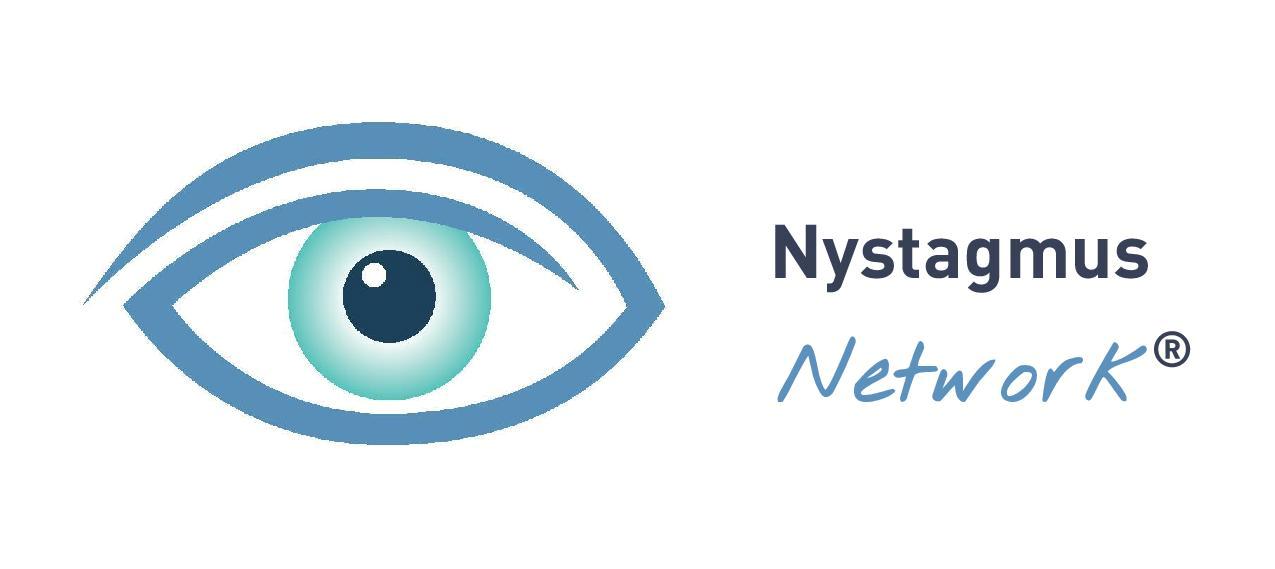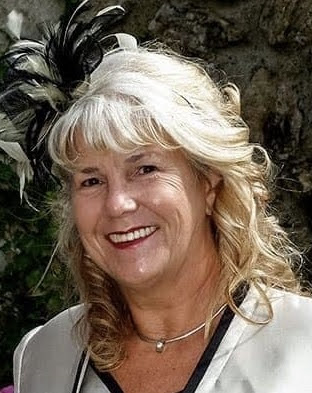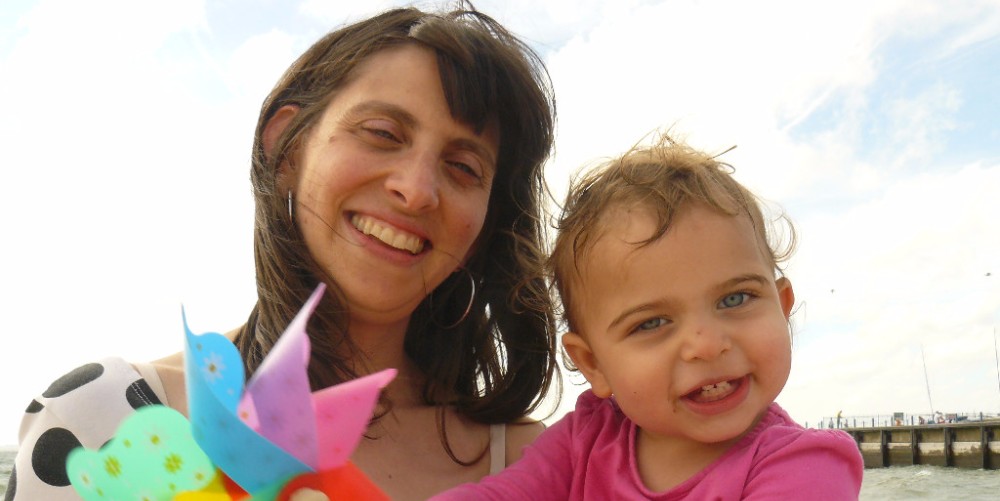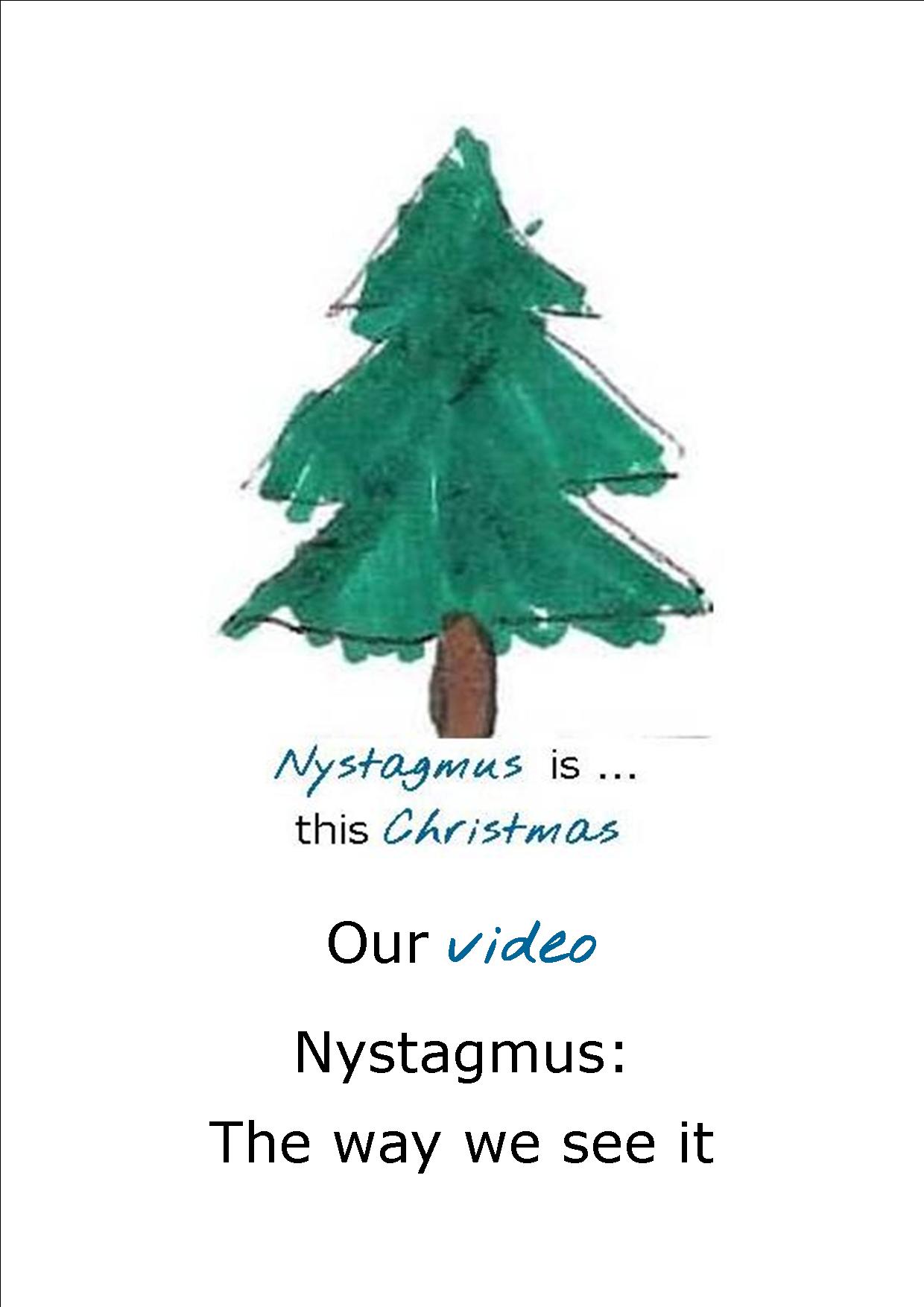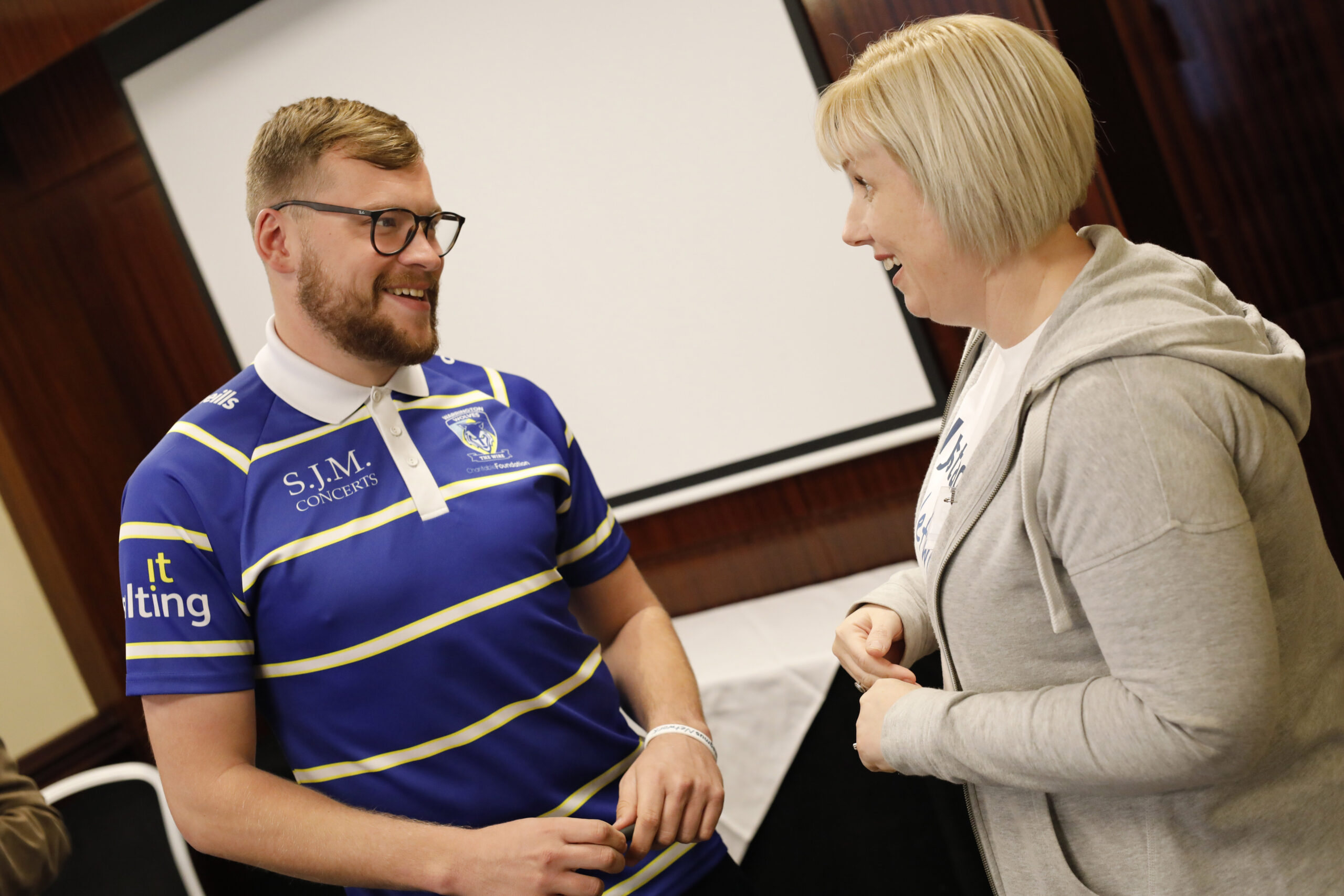We know you will enjoy reading about Carol’s experiences. She thinks of her nystagmus as a quirky trait that doesn’t define who she is and hopes you will find her story encouraging.
I have spent 60+ years thinking this was just a funny and rather unique aspect of being me.
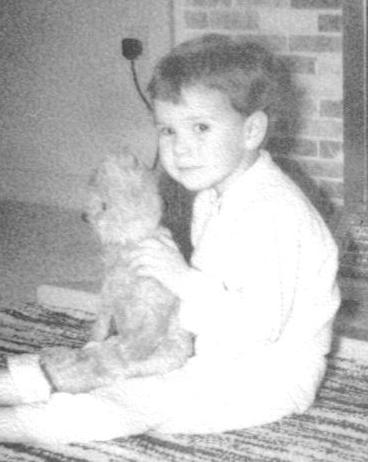
I was born in early 1959. My Mother, younger brother and I lived with my Grandparents in Glasgow.
Hold your head straight!
Around the age of 7, we got a black and white TV. I would sit on a wooden stool in front of it and get told off for being too close and to “hold your head straight” when looking at the screen. I was unaware that I looked at everything from an angle – holding my head about 45 degrees to the right of my target and with a distinct tilt to my head.
My Mother took me to an Optician who prescribed glasses with a patch over one eye, to correct my “lazy eye”. I was constantly having my head straightened, which put everything out of focus, or made me see double.
At school, I sat in the front row but would often have difficulty reading the blackboard. Arithmetic and Maths were the most awkward as the printed squares in the school jotters were blurred. Neatly entering numbers in those squares required a tilt of the head that had me looking sideways and focusing out of the extreme corner of my left eye.
Glasses didn’t help
Teachers, family and the Optician finally agreed the glasses were not solving the problem and, around the age of 10, I was referred to an Ophthalmologist at the general hospital.
The tests involved looking into a strange tunnel-like contraption with moving figures and shapes that I had to line up. Sometimes I couldn’t even see the shapes, because my head was held straight in the machine. They put drops in my eyes that blurred my vision completely for several hours. Despite this I was sent back to school right after the appointment, having been told very little about what was going on, either by my Mother or the Doctor.
Hearing the word Nystagmus for the first time
After some time, we had an appointment with the Doctor and I heard the term Nystagmus for the first time. Apparently, it was genetic, although no one else in the family seemed to have the “condition”. The friendly Doctor told me I had “wobbly eyes” and in future, boys would find it very attractive! It would not get better, it might get worse and there was nothing to be done about it.
Can you re-train your brain?
At last the glasses were consigned to the bin! I was told to try to look straight ahead and re-train my brain. Little was known about it so, other than people asking me to look straight at them so they could see my eyes dance for their amusement, I just got on with life.
Why are you looking over my shoulder?
I left school after Highers, trained and worked as a computer programmer. Back then, code was handwritten – those pesky square boxes again! My way of looking at things was quite natural to me, even if it looked off to others. People who did not know me would ask why I was looking over their shoulder during conversation, or they would turn around to see who else I was looking at! I adjusted my stance so that it was my body that was at an angle to the other person, allowing my tilted head to face them. These adaptations evolved over time and somewhat unconsciously.
From programming, I moved into business management and eventually became CEO of country operations in a major oil and gas company.
I took early retirement and sailed around the world with my husband in a 42-foot yacht, navigating from paper charts and small screen electronics.
I now work in research in a University.
Many challenges
There have been many challenges beyond the boxes on forms. My peripheral vision is blurred. This affects my confidence when driving and lights at night are scary. Combined with rain, I change my travel plans. Going down stairs and escalators requires some concentration to know where the edge of a step is. That said, I have climbed many mountains (literally) and I hold handrails or walls to maintain balance and perspective.
Entering a digital world
As the world went digital, I angled my screen rather than my head. Phone texting only became possible with smartphones and the option of enlarging the display characters. Filling in printed forms and signing within a lined box remain frustrating to this day. To read a long array of numbers, such as telephone or IBAN, I have to move my finger over the preceding numbers to the next in line, in order to see each digit clearly.
My general eyesight has deteriorated and I now wear glasses. I can’t have contact lenses due to the wobble and apparently this means no form of laser surgery is possible. Small frames crowd my vision, so my choice in style of glasses is limited. Varifocals have been even more challenging and I have had to relearn my head angles and speed of movement in order to refocus.
I don’t see nystagmus as a disability
I have spent 60+ years thinking this was just a funny and rather unique aspect of being me. Perhaps because I have lived out of the UK since 1988, I have only recently become aware of the Nystagmus Network and the extent of the membership. It has made me reflect on and be more conscious of my experience and adaptations. Having had no comparison or reference, I did not consider my condition an impairment or disability. No one ever told me I could not do something because of it. I wonder if my own and society’s lack of awareness during these past years meant I was not hindered in achieving my goals regardless?
Sadly, my Mother is registered blind as a result of macular degeneration. My Stepmother leads a fundraising team for Guide Dogs. Visual impairment is ever closer to home; yet I still did not consider nystagmus in this context until I started following the Network this year.
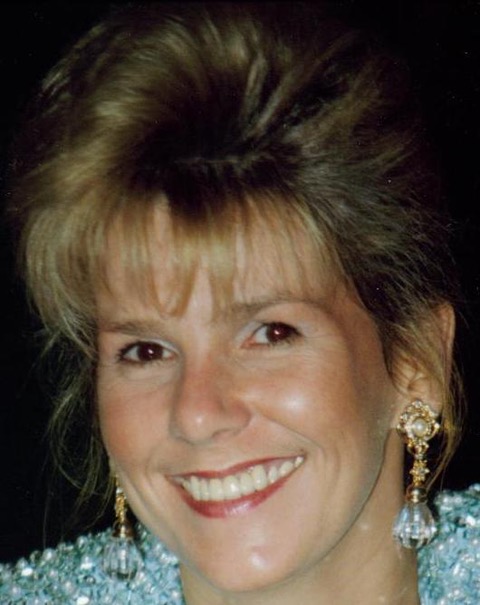
Live life to the fullest
I welcome the new knowledge and insights the Network is providing, along with support to those with the condition. In reading many of the stories and comments shared, I recognise the limitations and pressures experienced in these current times. I would encourage everyone, especially the youngsters, to understand their specific personal challenges, find appropriate support, consider the necessary adaptations as enablers and live life to the fullest.
Thank you, Carol, for sharing your story with us
If you would like to share your nystagmus story, please email us at info@nystagmusnet.org
